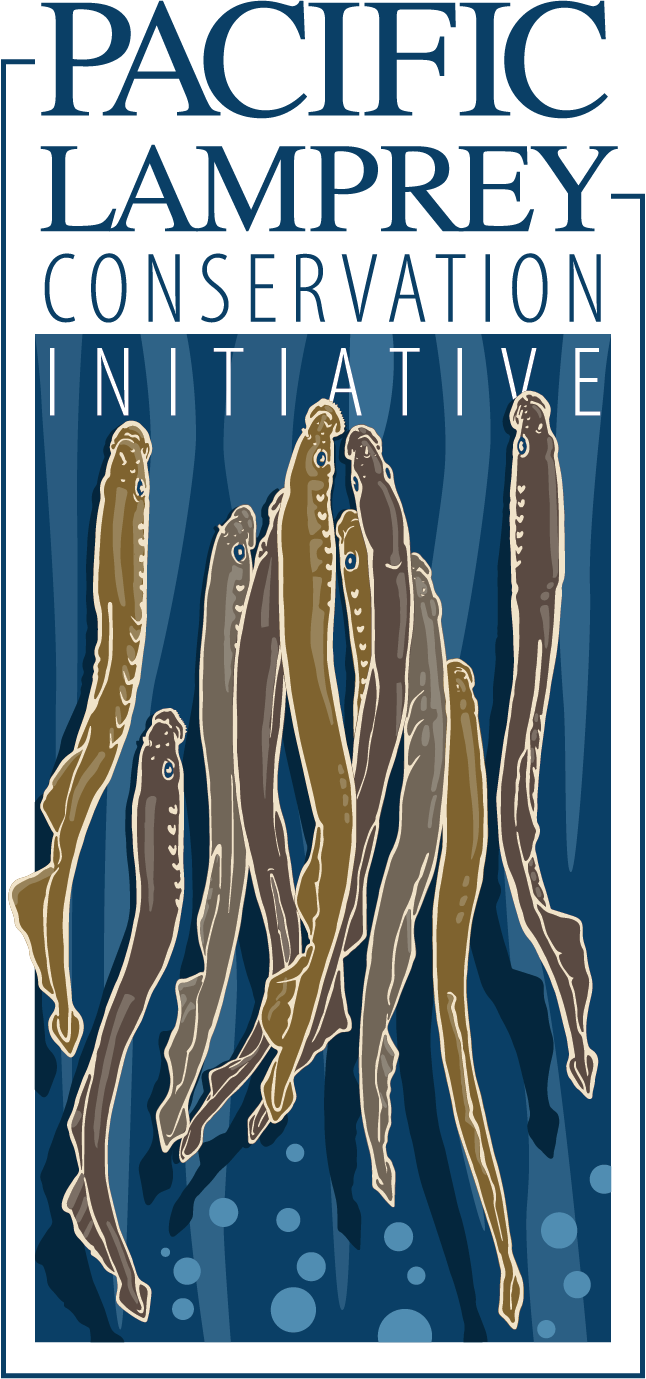Region Comes Together to Restore Pacific Lamprey in the Columbia River Basin
- May 25, 2022
- Carol Winkel

Pacific lamprey—like salmon–are a significant fish for Northwest. At its May meeting, the Council was briefed on the region’s efforts support this distinctive species.
The Pacific Lamprey Conservation Initiative—a collaboration of native American tribes, federal, state, municipal and local agencies, and non-profits–is working to restore Pacific Lamprey throughout their historical range.
Kelly Coates of the Cow Creek Umpqua Tribe; Benjamin Clemens with the Oregon Department of Fish and Wildlife; Christina Wang with the U.S. Fish & Wildlife Service; and Alicia Marrs, coordinator for the Pacific Lamprey Conservation Initiative provided an overview of their work, highlighting projects in the Columbia River Basin. The Council’s fish and wildlife program recognizes Pacific Lamprey as an ecologically and culturally important species in the region.
It’s been called the “bacon cheeseburger of the aquatic world,” because it’s a key food source for other fish and birds providing high levels of vitamins, minerals, and fatty acids.
For the basin’s tribes, they are a cornerstone species on par with salmon for their cultural and nutritional significance. Like salmon, they migrate as juveniles to the ocean and return to spawn in freshwater streams. Unlike salmon, they don’t return to their natal streams.
Pacific Lamprey, which are prehistoric, resilient eel-like fish, have been in sharp decline since the building of large dams in the basin in the mid-twentieth century. As a result, their ability to migrate has been severely impaired, even with fish ladders and bypass systems designed for adult and juvenile salmon. There is evidence that many dams with fish ladders designed to pass salmonids do not effectively pass lampreys. Many dams with fish ladders for salmonids only pass about 50 percent of adult Pacific lamprey. Unable to jump, they can climb wet, vertical surfaces that they can attach to, and they also need resting areas in fishways to make their way through the dams.
Threats to Pacific Lamprey occur throughout the entire range of the species, which stretches along the Pacific Rim. In the Northwest, they migrate from the mouth of the Columbia River to Chief Joseph and Hells Canyon dams in the mainstem Columbia and Snake rivers.
Some of the key threats include restricted mainstem and tributary passage; reduced flows and dewatering of streams; stream and floodplain degradation; degraded water quality; predation; and changing marine and climate conditions.
Currently, there are six active projects that focus on Pacific Lamprey funded through the Council’s fish and wildlife program. These projects have a variety of goals and objectives, but generally aim at establishing population status and trends; documenting distribution; identifying limiting factors; and developing reintroduction and supplementation actions.
Learn more:



